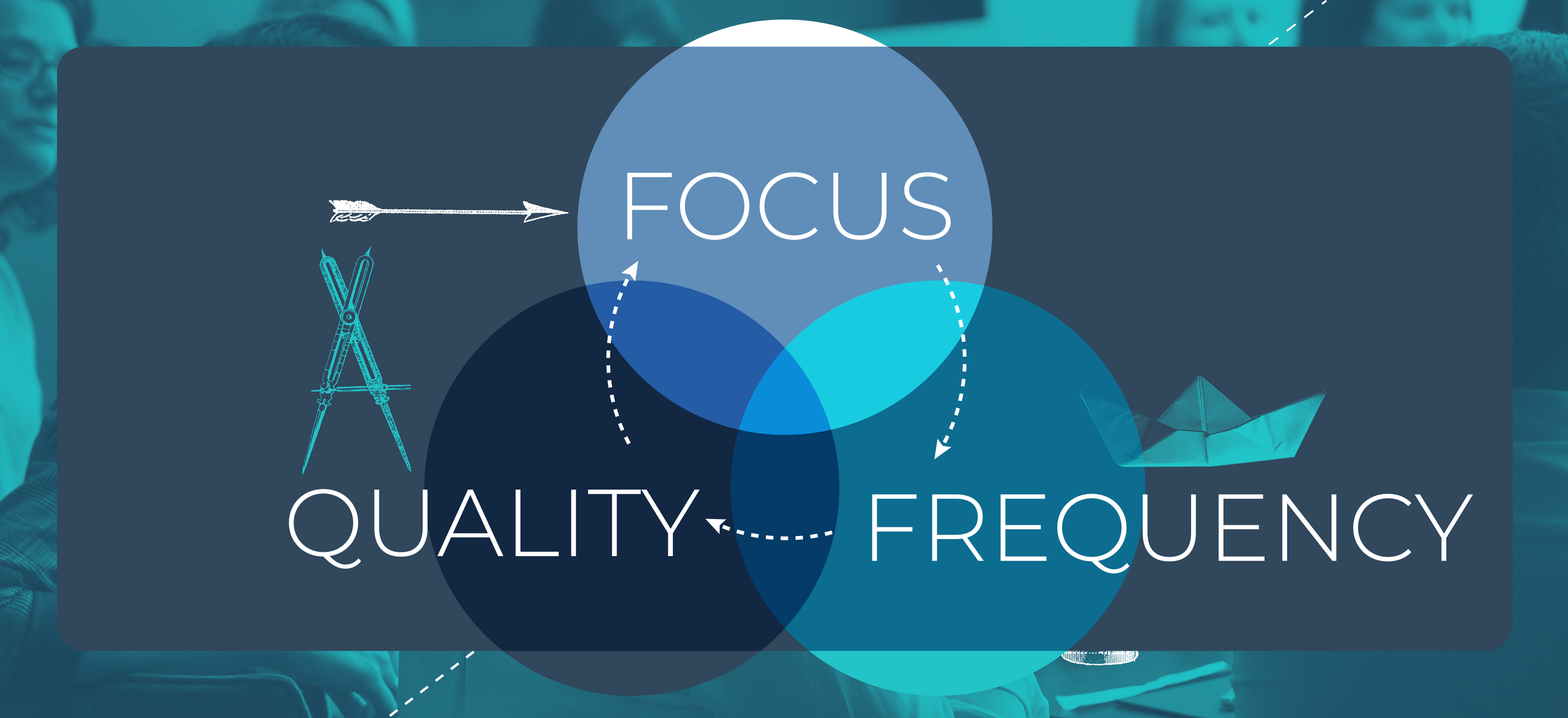How you can ensure your development strategy is also a retention strategy
It costs on average 33% of an employee’s salary to replace them. Take this up to 50% if they hold a specialised or highly skilled role. This is why retention strategies matter. And one of the key components of any retention strategy should be a development one. Developing people is not only important to keep their skills up but to show they’re valued and give them a pathway towards progression in the organisation.
But how do we ensure our development strategy is working for our retention strategy?
Develop our leaders first and make them the best coaches they can be.
When we make improving the coaching capability in our business a priority, our development strategy will feed seamlessly into a retention one. When leaders coach effectively, they demonstrate that our people are valued and keep them energised about their work. And engaged employees who feel valued, and see a path of development fit for them, are employees who are more likely to stick around.
Whether you believe the oft-quoted ‘People don’t leave bad jobs, they leave bad leaders’ or not, there’s no denying the influence leaders have on their people. Dr Edgar Shein, considered still the best authority on organisational culture, listed the top three drivers of culture as those things our leaders take care of; i.e. what they pay attention to, how they react and what they role model, teach and coach every day.
Imagine now that your leaders role-model not only that development matters, but they care enough about their people to take into their own hands. Coaching is the easiest way for your leaders to develop your people and at the same time, demonstrate that your people mean enough for your leaders to spend their time on them. This is win-win for everyone.
But not all coaching is created equal. If we want to create a development strategy through coaching that will contribute positively to retention, here’s what we should see leaders doing:
Focus: a clear, simple focus – what’s the one small thing the coachee could work on immediately that would edge them closer to the outcome they want to see or the larger goal they’re working towards?
Frequency: shorter, more frequent touchpoints – when are they building in shorter, sharper feedback loops into their rhythm, to check in on progress and provide advice in the moment?
Quality: a well-structured, effective conversation – how are they ensuring the conversation they’re having is driving that simple focus, with clear observations and feedback that helps the coachee progress?



